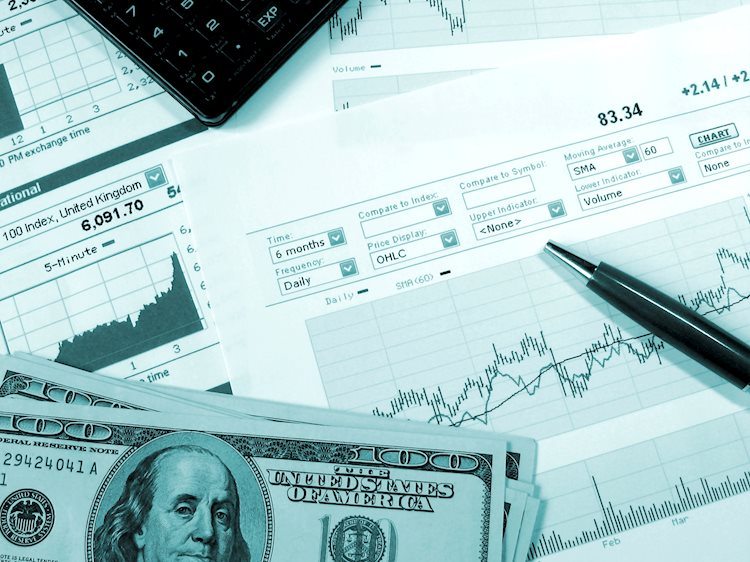The US Dollar has been showing strength in financial markets amid speculations of a possible Donald Trump victory in the upcoming presidential election. Market analysts attribute this surge to Trump’s plans for deregulation in various sectors of the economy. The US Dollar Index (DXY) has surpassed key resistance levels and is on track to reach 104.00.
Despite mixed signals in the US economy, Federal Reserve (Fed) officials remain cautious and are closely monitoring incoming data to decide on the pace of easing. The upcoming Retail Sales figures on Thursday are anticipated to provide further insight into the state of the economy and potentially impact the value of the USD.
Momentum indicators for the DXY index show continued strength, with some indicators flashing overbought signals. The index has broken the 100-day Simple Moving Average (SMA) and is now eyeing the 200-day SMA at 103.80 as the next major resistance. While buyers are driving an optimistic outlook, a correction may be expected before the next surge.
The financial markets are eagerly awaiting Thursday’s Retail Sales figures, with expectations of a slight monthly expansion. Strong data could further boost the USD, although Fed officials Daly and Bostic have signaled a cautious approach, suggesting only one or two rate cuts for the year. The market expectations for Fed easing have slightly decreased, with two cuts by year-end no longer fully priced in but still remaining high above 80%.
The Federal Reserve (Fed) plays a crucial role in shaping US monetary policy, with its primary mandates being achieving price stability and fostering full employment. By adjusting interest rates, the Fed aims to control inflation and stabilize the economy. When inflation rises, the Fed raises interest rates, making the US a more attractive destination for global investors and strengthening the USD. Conversely, lowering interest rates can encourage borrowing, weakening the Greenback.
In the event of extreme economic conditions, the Federal Reserve may resort to Quantitative Easing (QE) as a non-standard policy measure. QE involves the Fed increasing the flow of credit in the financial system by printing more Dollars and purchasing high-grade bonds from financial institutions. This policy was used during the Great Financial Crisis in 2008 and typically leads to a weakening of the US Dollar. On the contrary, Quantitative Tightening (QT) is the reverse process of QE, where the Fed stops buying bonds and allows the existing bonds to mature without reinvesting the principal. QT is usually positive for the value of the US Dollar.











